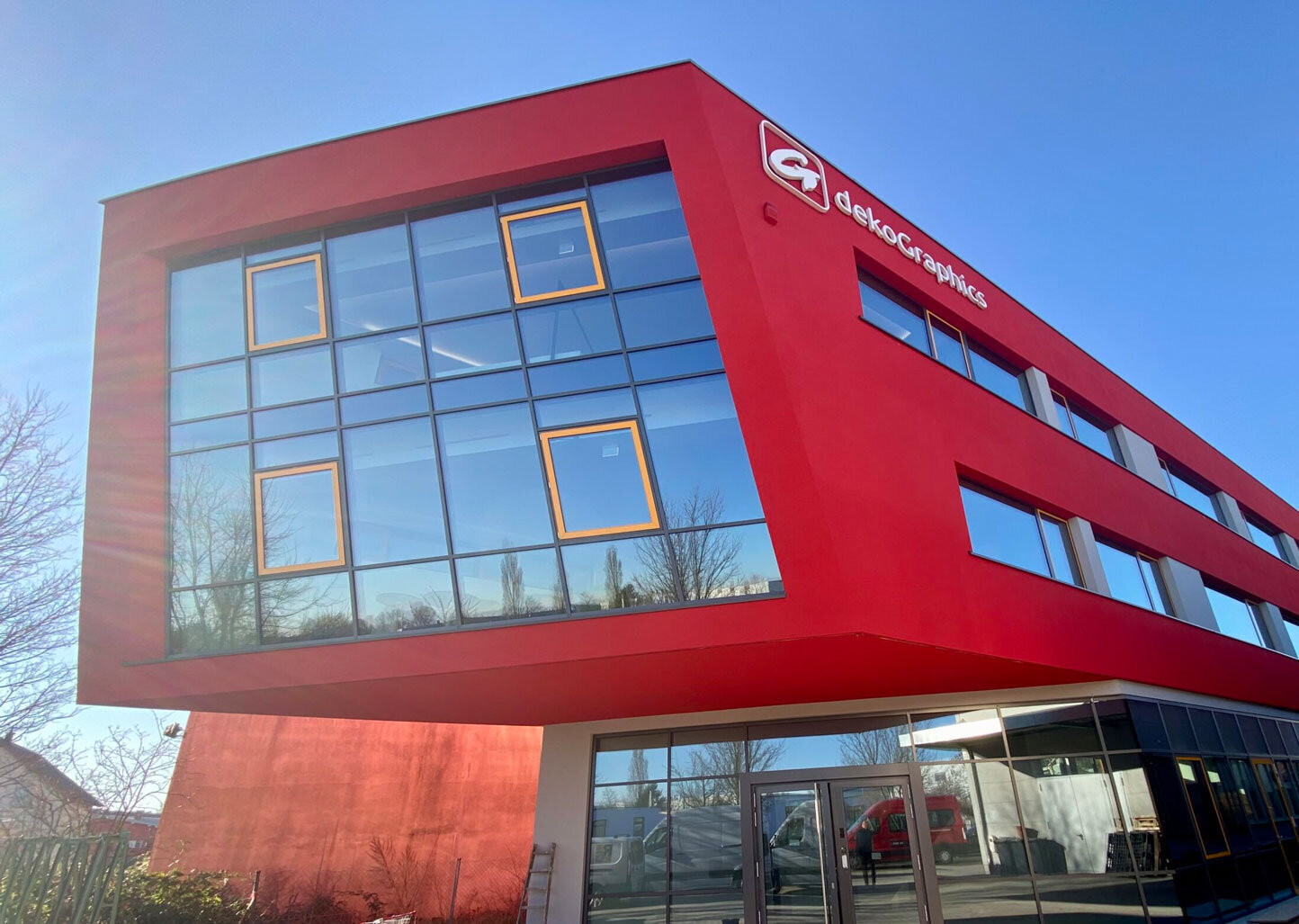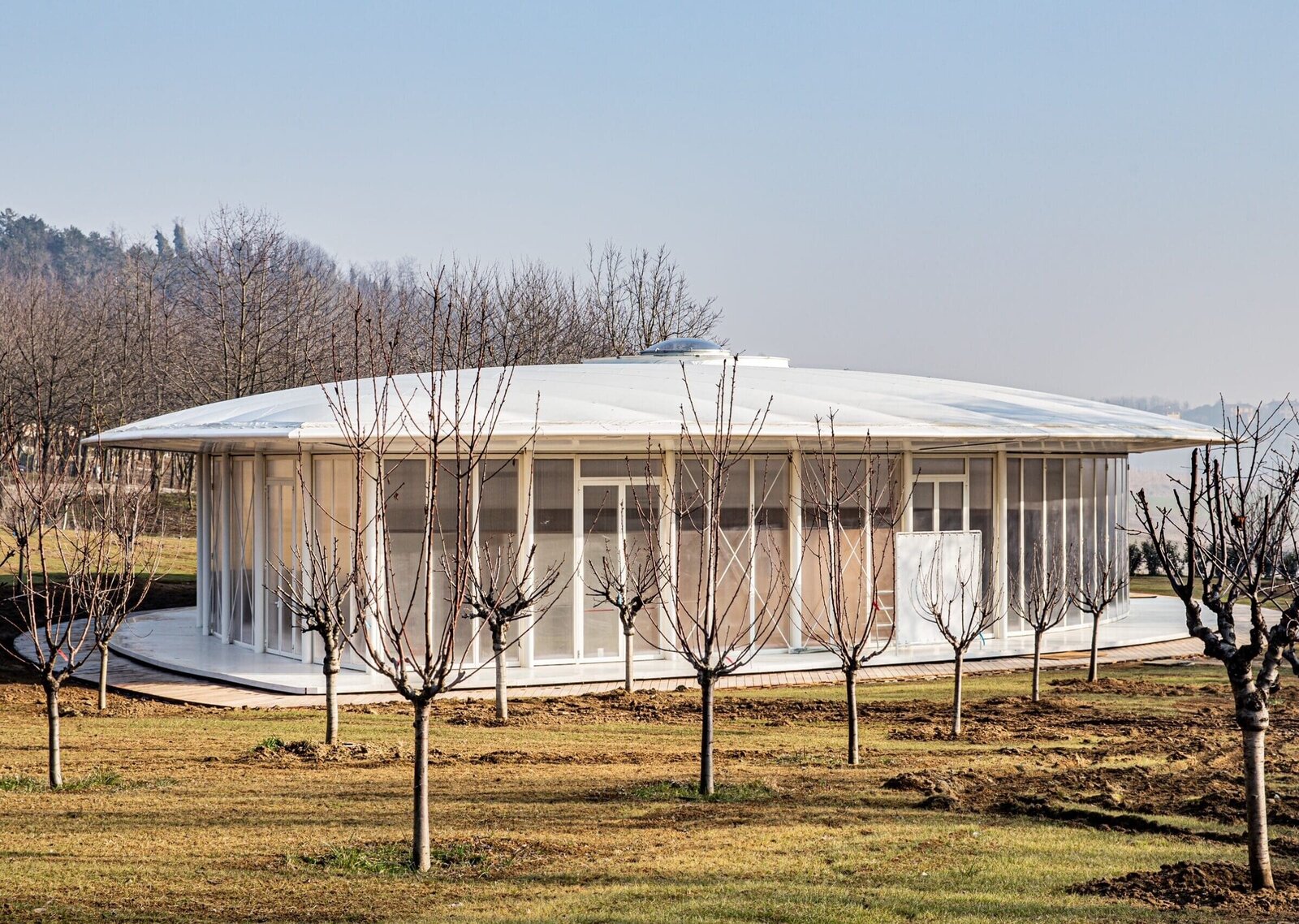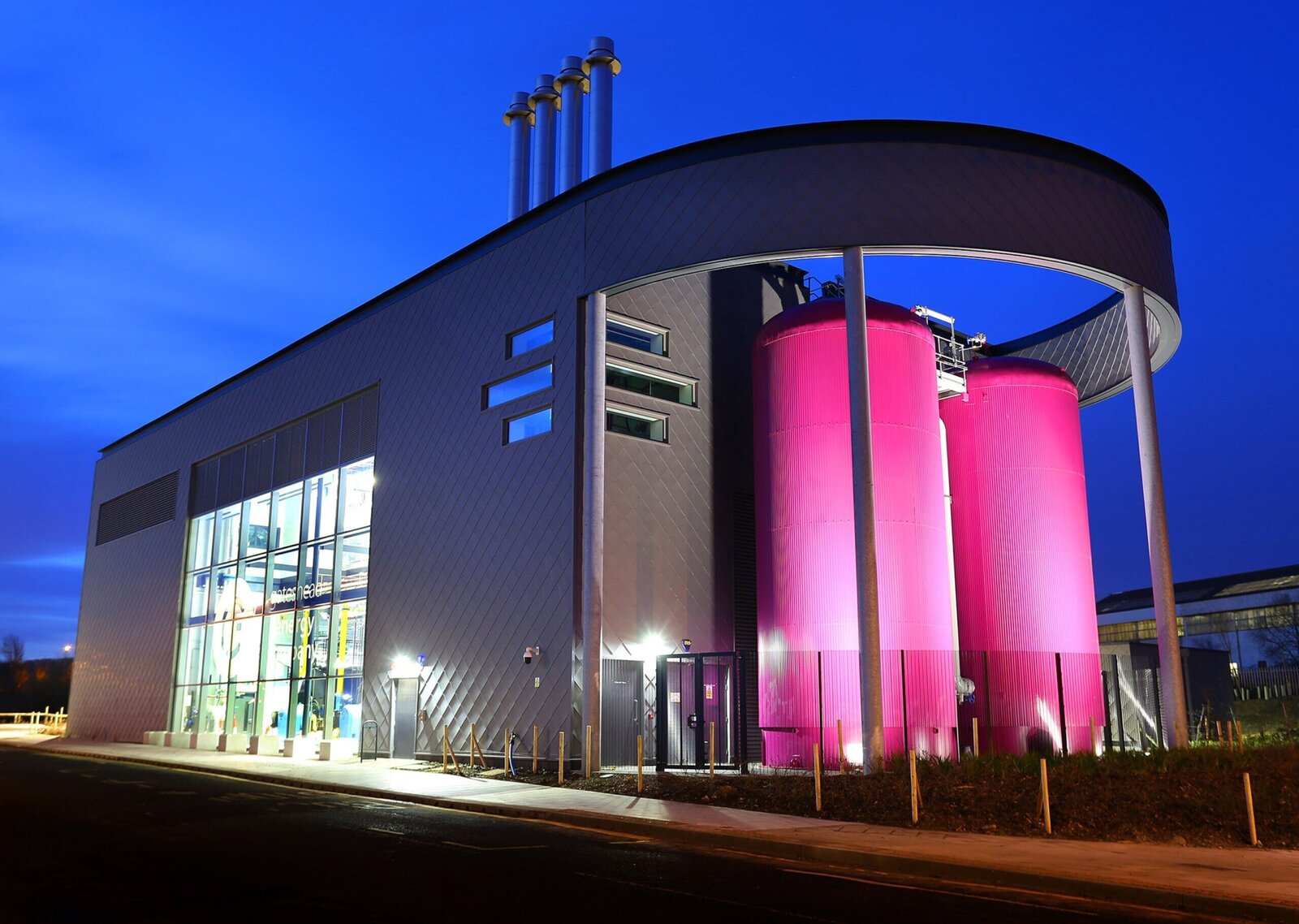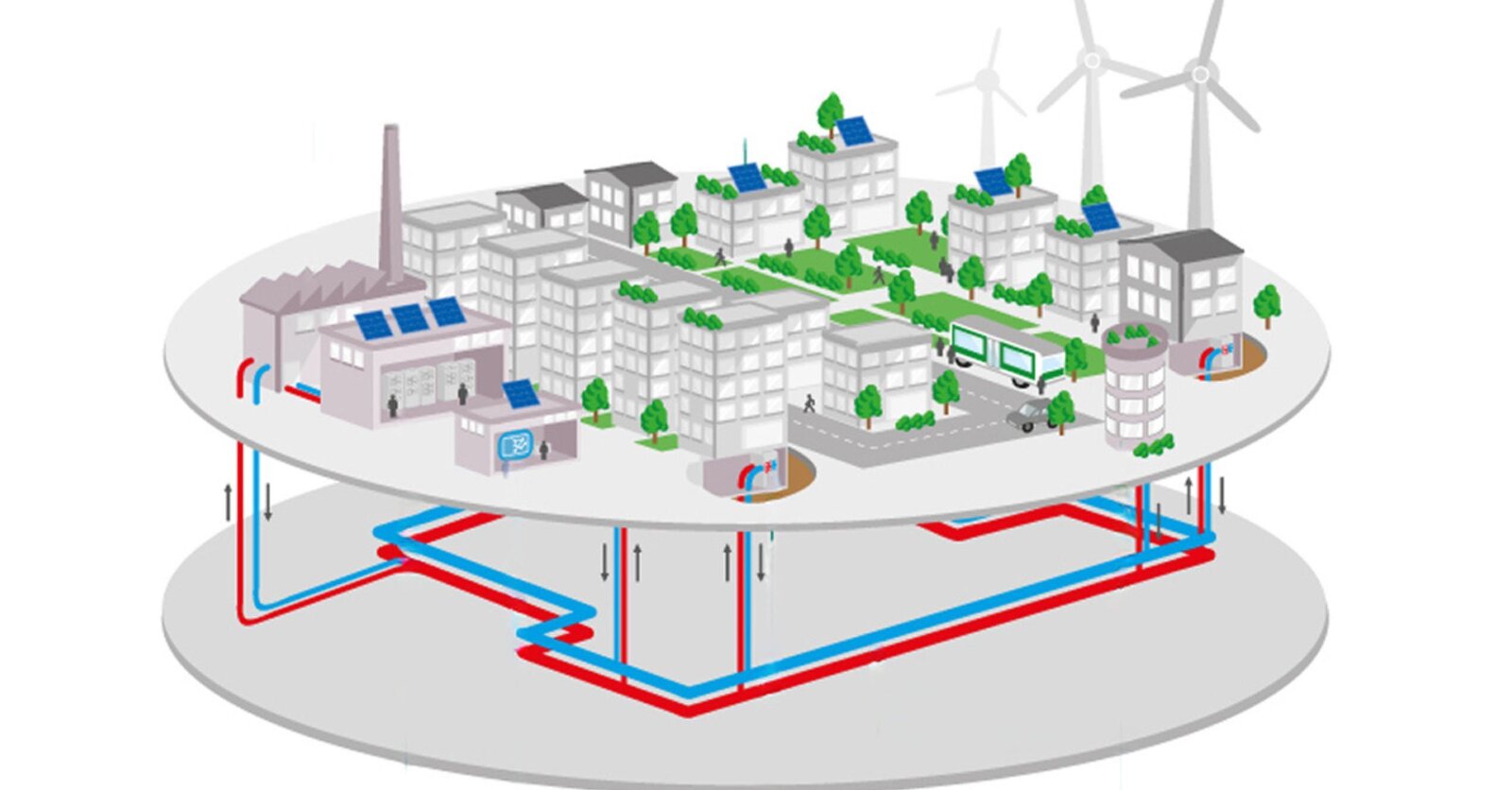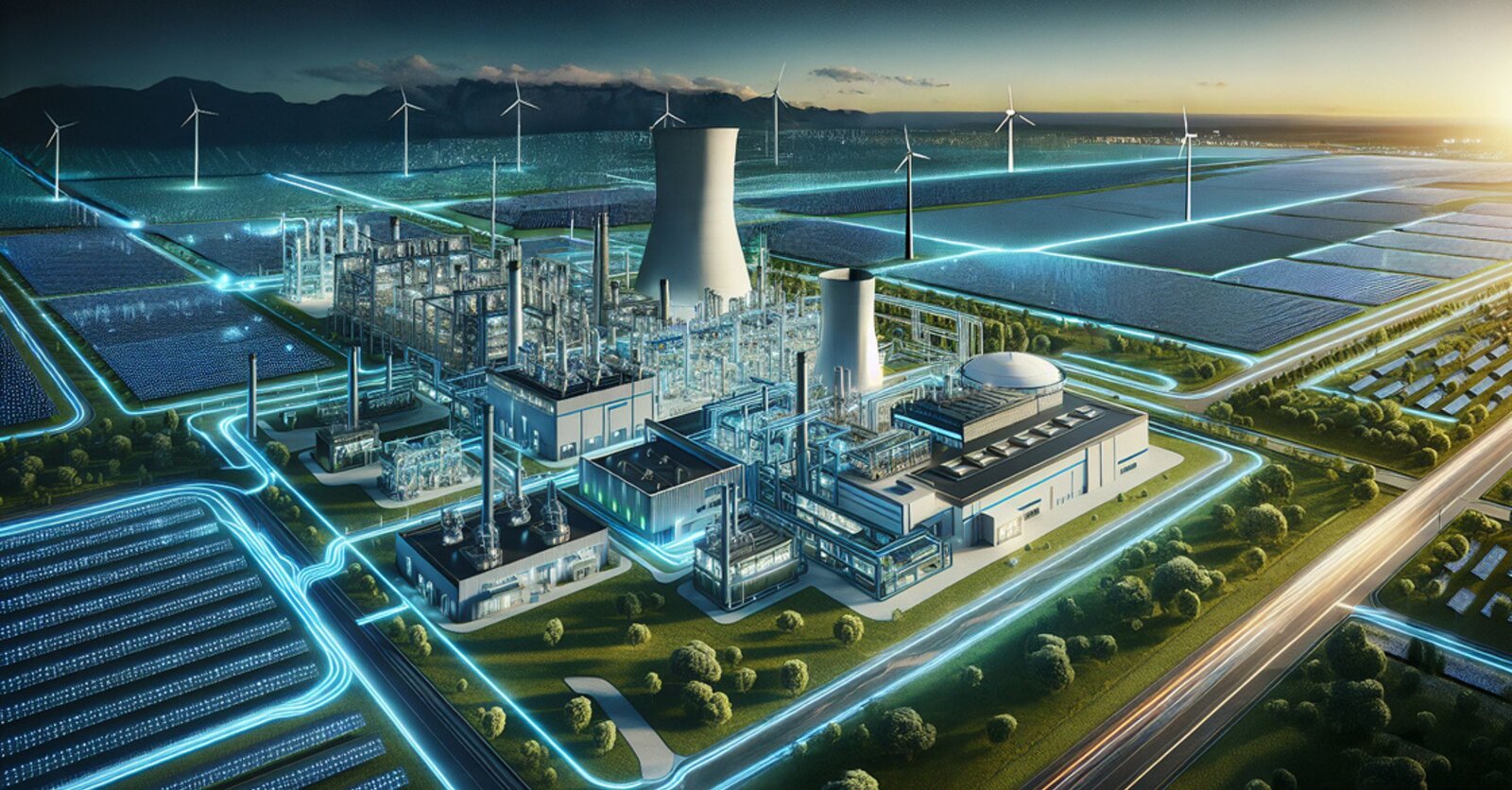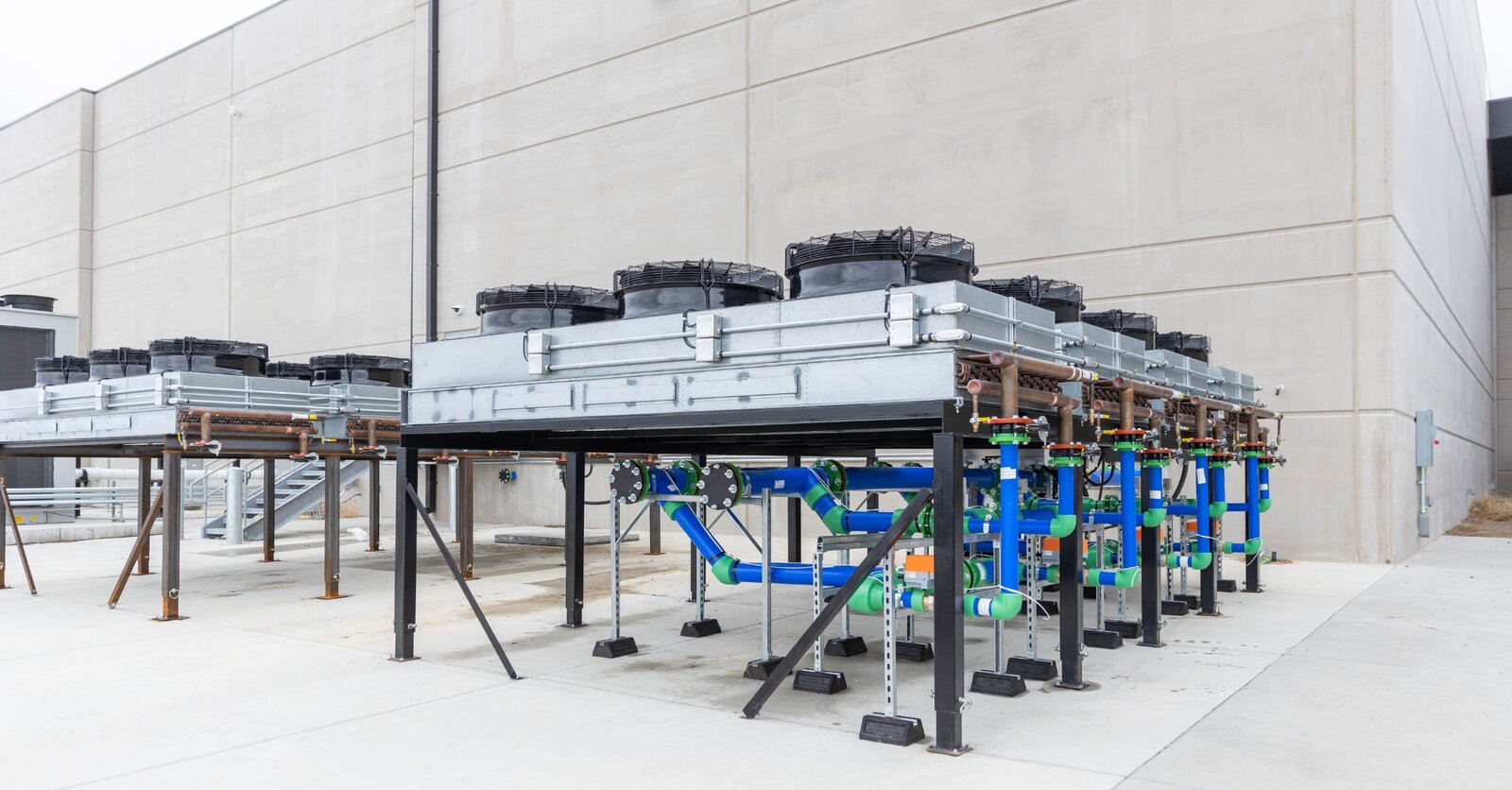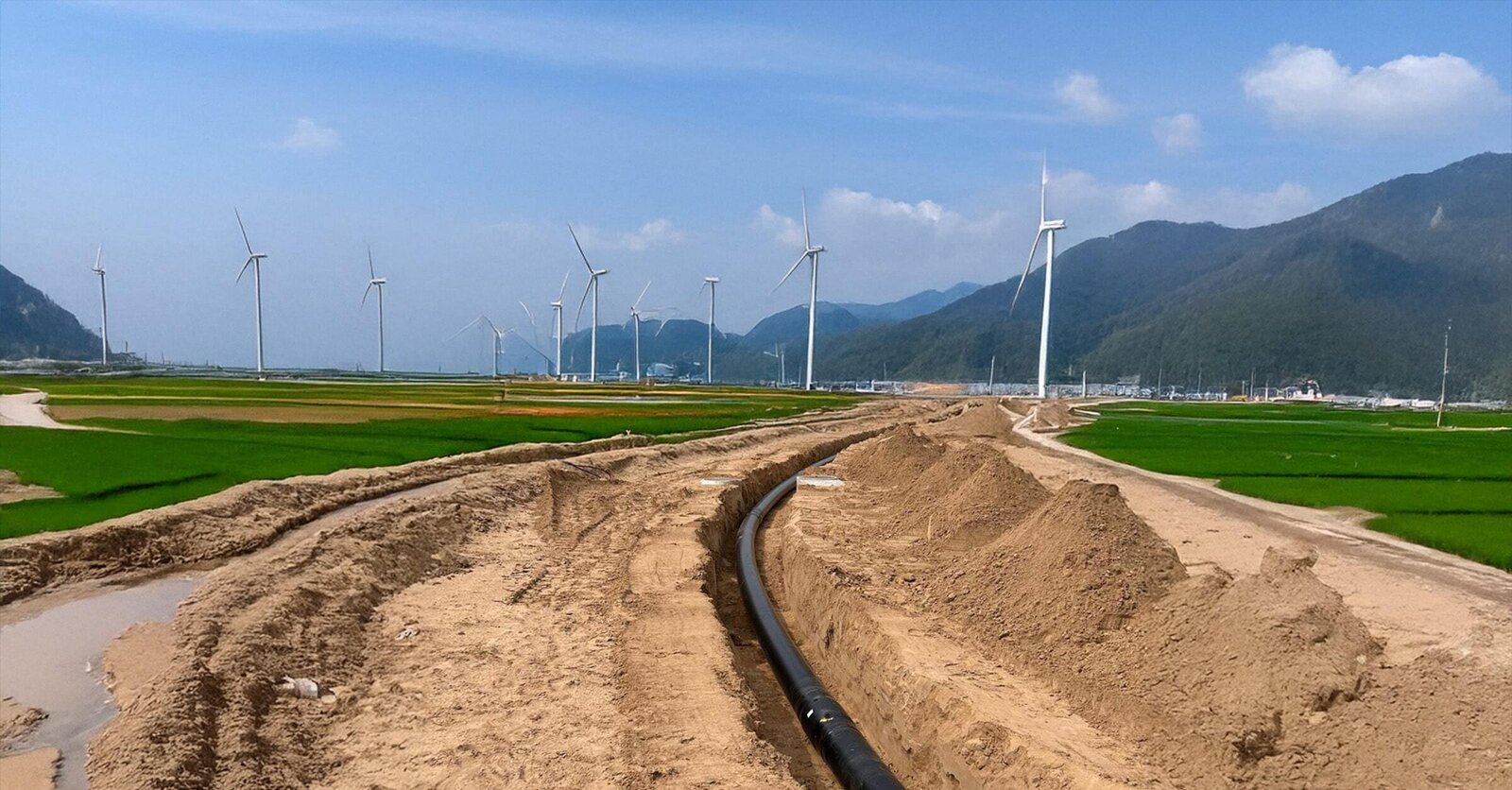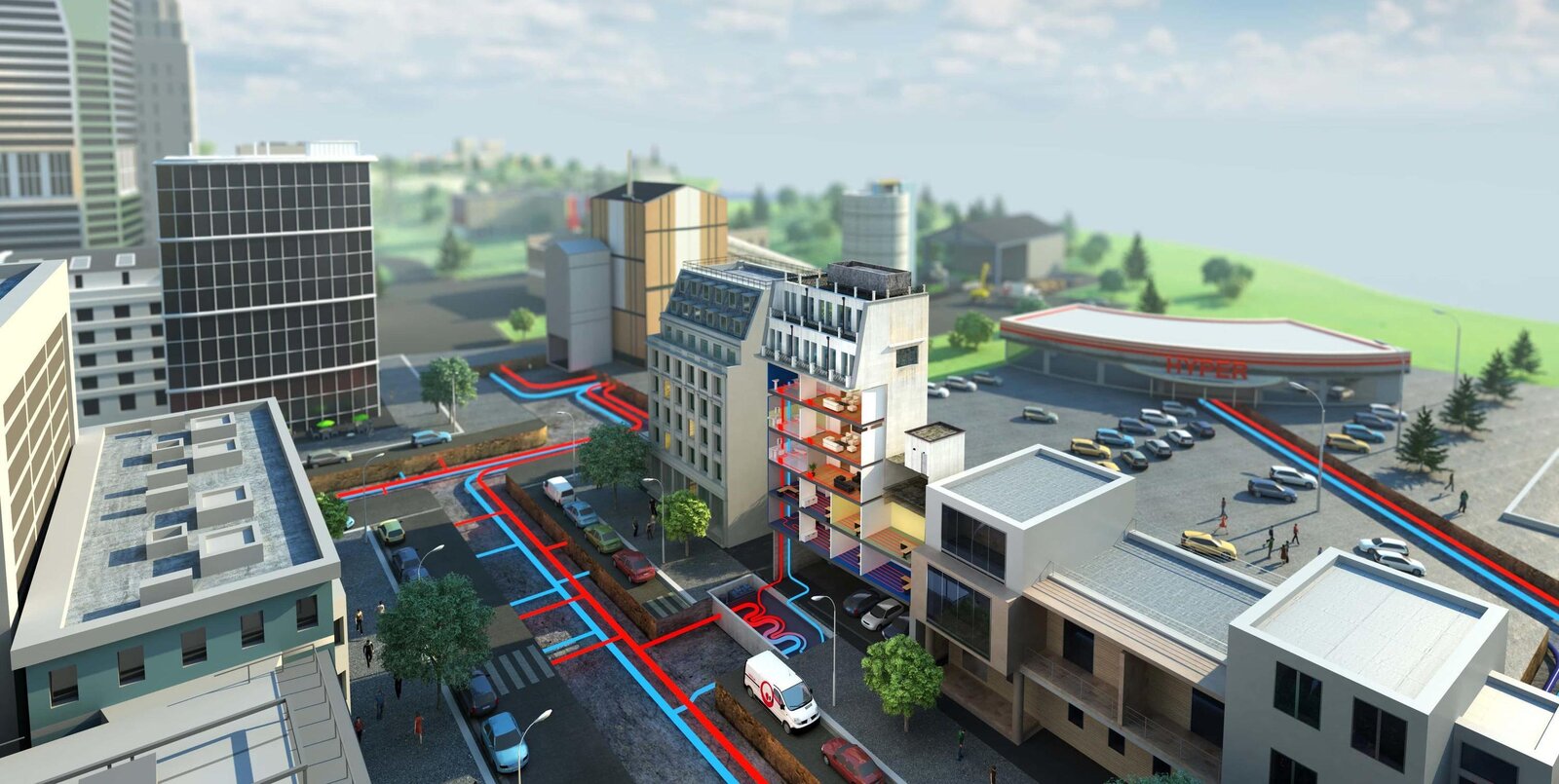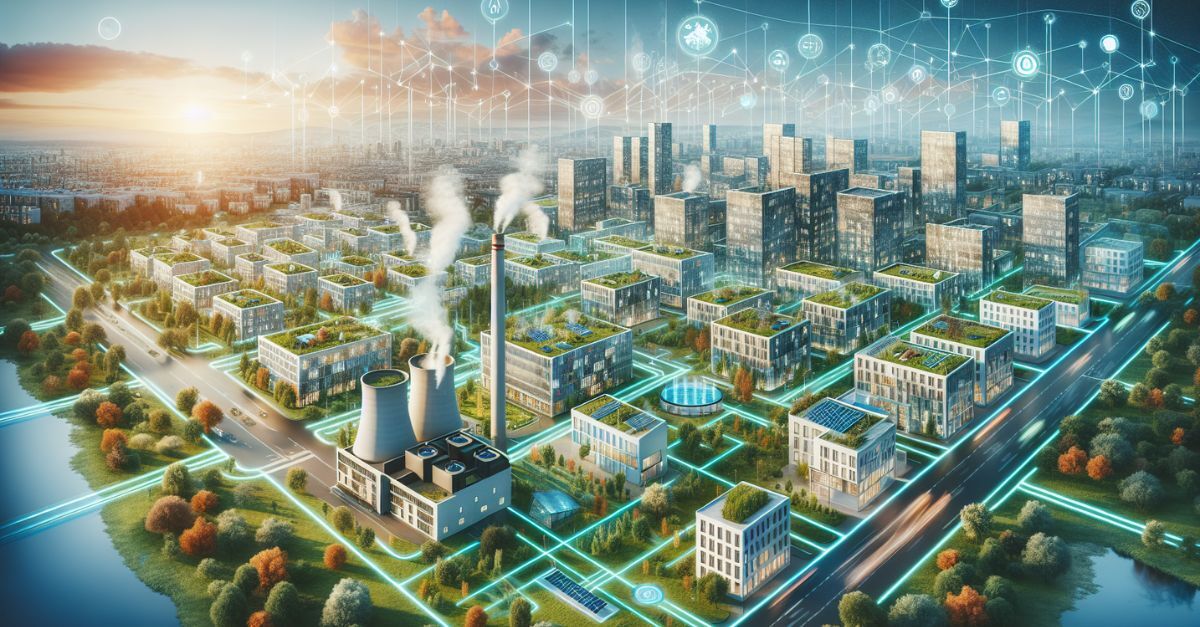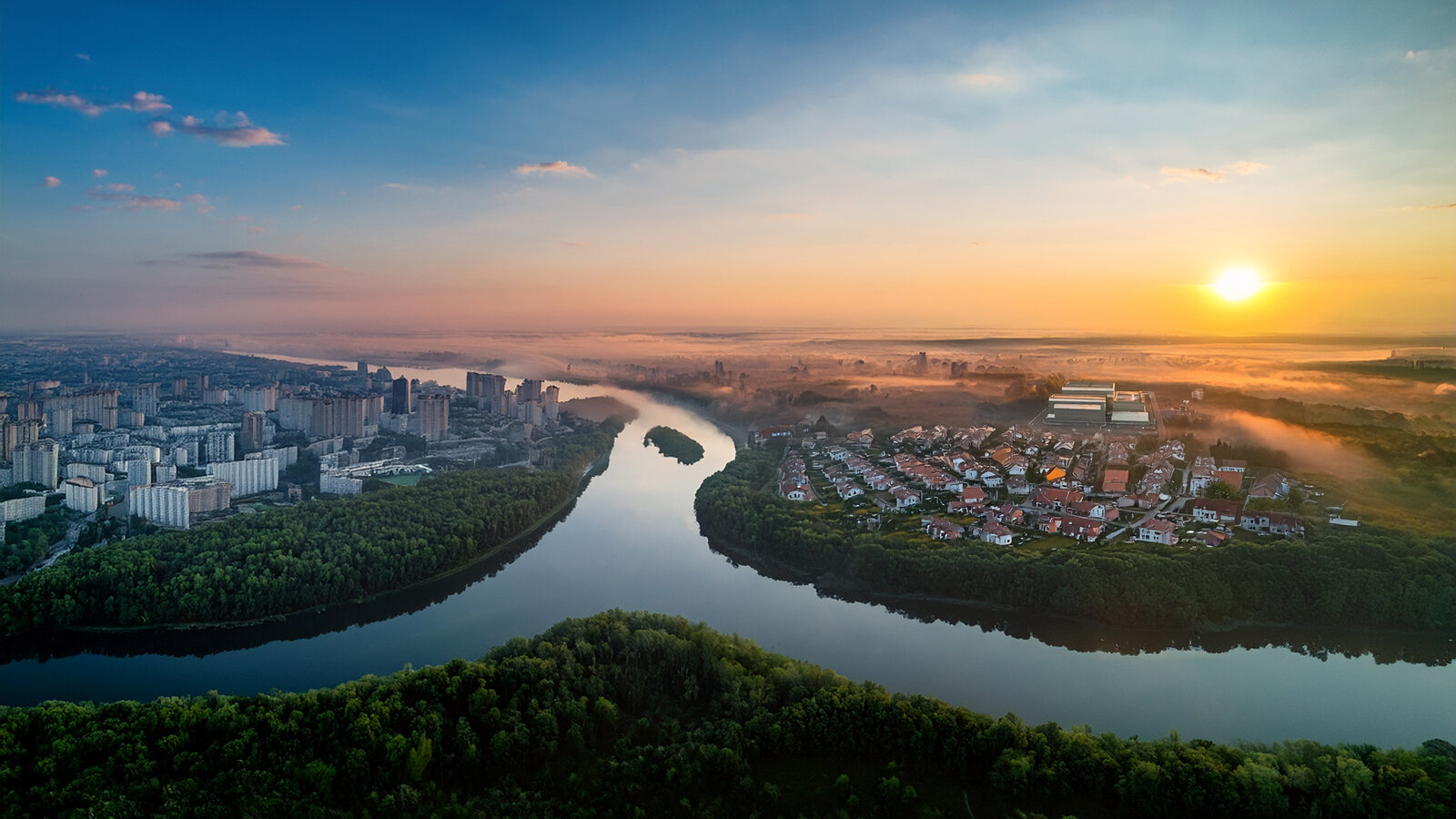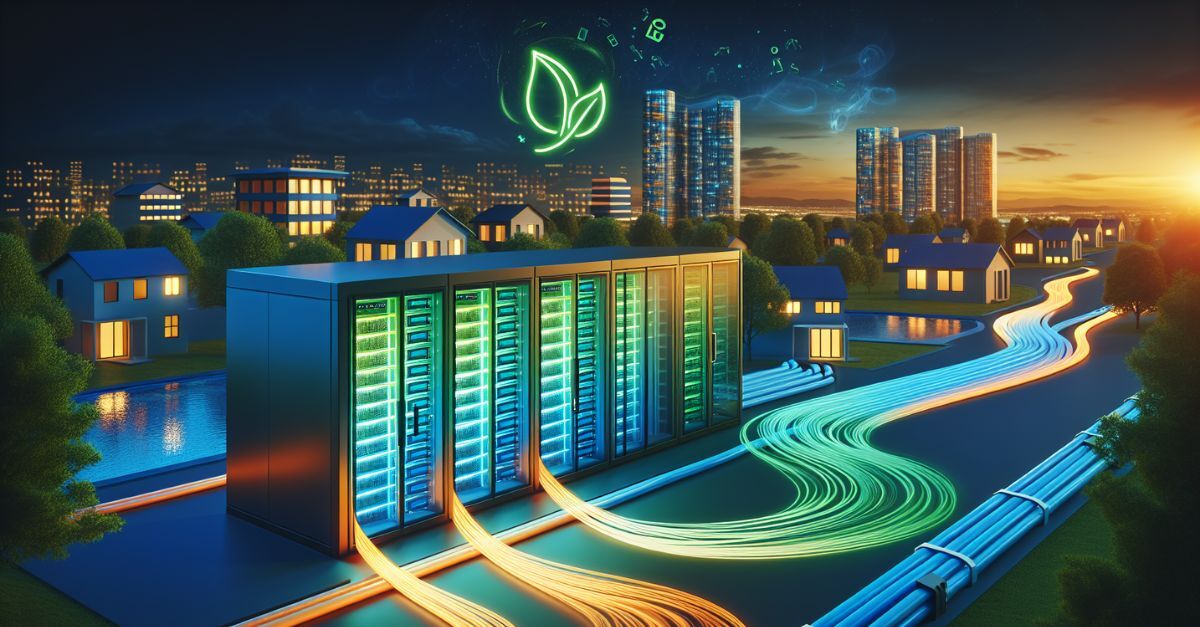Intro
Climate protection, green energy and clean water. With all our actions, we want to contribute to preserving the natural foundations of life everywhere in the world.
Our sustainable products, our comprehensive service and our leading expert knowledge are part of the solution on the way to a climate-neutral life. For this reason, we have developed the "Mission 2025" with numerous internal and external measures. In this way, we support the sustainability goals of the "Agenda 2030", which the global community launched in 2015.
aquatherm EPD
Advantages at a glance
aquatherm piping systems and their characteristics
- lower thermal conductivity (0.15 W/mK)
- lifetime > 50 years
- no incrustation
- corrosion resistant
- product properties remain unchanged over the entire service life
Contribution to low-pollution building (air exchange rate 0.75)
- no pollutant emissions into the room air
- no pollutant release to water
- no emission of pollutants in buildings
- no plasticisers like bisphenol
- odourless
- tasteless
- material recycling possible through regranulation
- resource-saving energetic utilisation possible
Blog
Articles worth reading from the world of plastic pipes (copy 1)
<div class="hs-featured-image-wrapper">
<a href="https://blog.aquatherm.de/en-gb/how-district-heating-works" title="" class="hs-featured-image-link"> <img src="https://blog.aquatherm.de/hubfs/Blog/Wie%20funktioniert%20Fernw%C3%A4rme/wie-funktioniert-fernwaerme-funktion-netzaufbau-im-ueberblick.jpg" alt="How district heating works – an overview of how it functions and how the network is structured" class="hs-featured-image" style="width:auto !important; max-width:50%; float:left; margin:0 15px 15px 0;"> </a>
</div>
<p>When the radiators in your flat or house warm up in the morning, it is increasingly likely that this is thanks to a highly integrated supply network: district heating. For local authorities, residential areas, industries, and public institutions, it is now much more than just an alternative to individual boilers – it is key to decarbonisation.</p>
<p>But how does district heating actually work? Why is it so important in the context of municipal heat planning, and how can it be expanded efficiently and in a future-proof way?</p>
<div class="hs-featured-image-wrapper">
<a href="https://blog.aquatherm.de/en-gb/what-is-district-heating-made-of" title="" class="hs-featured-image-link"> <img src="https://blog.aquatherm.de/hubfs/Blog/Woraus%20besteht%20Fernw%C3%A4rme/woraus-besteht-fernwaerme-energiequellen-und-zusammensetzung.jpg" alt="What is district heating made of? Energy sources & composition" class="hs-featured-image" style="width:auto !important; max-width:50%; float:left; margin:0 15px 15px 0;"> </a>
</div>
<p>At first glance, the question of how district heating is produced and what it consists of may seem simple, but it touches on central aspects of the energy transition. District heating is not a homogeneous fuel, but an energy source whose composition varies greatly depending on the country, city, or supplier. Whether it comes from natural gas, coal, biomass, industrial waste heat, or renewable technologies such as solar thermal energy and large-scale heat pumps, the energy mix determines efficiency, emissions, and cost-effectiveness.</p>
<div class="hs-featured-image-wrapper">
<a href="https://blog.aquatherm.de/en-gb/liquid-cooling-everything-you-need-to-know" title="" class="hs-featured-image-link"> <img src="https://blog.aquatherm.de/hubfs/Blog/Fl%C3%BCssigkeitsk%C3%BChlung%20Alles%20Wissenswerte%20zur%20Liquid-K%C3%BChlung/fluessigkeitskuehlung-alles-wissenswerte-zur-liquid-kuehlung.jpg" alt="everything you need to know about liquid cooling" class="hs-featured-image" style="width:auto !important; max-width:50%; float:left; margin:0 15px 15px 0;"> </a>
</div>
<p>The demands placed on<span> </span><a href="https://blog.aquatherm.de/kuehler-kopf-fuer-die-ki-aquatherm-rohre">modern data centres</a><span> </span>are increasing rapidly – primarily due to the use of AI models, high-performance computing (HPC), and increasing hardware packing density. At the same time, operators are expected to run their infrastructures in an energy-efficient, sustainable, and reliable manner.</p>
<p> </p>
<p>This pushes traditional air cooling to its limits. Air as a cooling medium, air has physical limitations when handling high heat loads: its heat transfer capacity is low, and the energy required for fans and air conditioning increases. Despite optimisation efforts, energy use often remains inefficient, resulting in a high PUE (Power Usage Effectiveness).</p>
<p>This is exactly where<span> </span><a href="https://www.aquatherm.de/en/solutions-products/applications/data-centre-cooling/">liquid cooling</a><span> </span>comes in. It offers significantly optimised thermal properties, works more efficiently, and can be better integrated into sustainable strategies. The technology is currently developing rapidly and is becoming a key technology for the next generation of data centres.</p>
<div class="hs-featured-image-wrapper">
<a href="https://blog.aquatherm.de/en-gb/redundant-data-centre-dual-infrastructure" title="" class="hs-featured-image-link"> <img src="https://blog.aquatherm.de/hubfs/Blog/Redundantes%20Rechenzentrum/redundantes-rechenzentrum-sicher-durch-doppelte-infrastruktur.jpg" alt="Redundant data centre: Secure thanks to dual infrastructure" class="hs-featured-image" style="width:auto !important; max-width:50%; float:left; margin:0 15px 15px 0;"> </a>
</div>
<p><span>Digital services are everywhere, but their physical foundation – the data centre – is vulnerable. As the infrastructural backbone of modern society, data centres are critical, yet the remain risk hotspots. International studies show that in 25% of cases, failures cost between $300,000 and $400.000 per hour – and such incidents are becoming increasingly frequent.</span></p>
<div class="hs-featured-image-wrapper">
<a href="https://blog.aquatherm.de/en-gb/data-centre-pue-energy-efficiency-indicator" title="" class="hs-featured-image-link"> <img src="https://blog.aquatherm.de/hubfs/data-centre-pue-20250918-035.jpg" alt="Data Centre PUE: Energy Efficiency Indicator" class="hs-featured-image" style="width:auto !important; max-width:50%; float:left; margin:0 15px 15px 0;"> </a>
</div>
<p><span>DLC-cooled sites typically use A key indicator to objectively assess the energy efficiency of data centres is called PUE: Power Usage Effectiveness. This key figure describes the ratio of total energy consumption to pure IT energy. Simply put, what percentage of the energy used actually goes into servers, storage, and network, and how much is needed for cooling, lighting, energy distribution, etc.?</span></p>
<div class="hs-featured-image-wrapper">
<a href="https://blog.aquatherm.de/en-gb/green-district-heating" title="" class="hs-featured-image-link"> <img src="https://blog.aquatherm.de/hubfs/Blog/Gr%C3%BCne%20Fernw%C3%A4rme/aquatherm-blog-gr%C3%BCne-fernw%C3%A4rme-hero.jpg" alt="Green district heating: Sustainable heat for the energy transition" class="hs-featured-image" style="width:auto !important; max-width:50%; float:left; margin:0 15px 15px 0;"> </a>
</div>
<p><span>If the heat transition is to be more than just symbolic politics, it needs new infrastructure. Green district heating offers the greatest untapped potential and will determine whether climate targets in citi</span><span>es and urban areas are achieved.</span></p>
<div class="hs-featured-image-wrapper">
<a href="https://blog.aquatherm.de/en-gb/heat-loss-in-district-heating" title="" class="hs-featured-image-link"> <img src="https://blog.aquatherm.de/hubfs/Blog/W%C3%A4rmeverlust%20Fernw%C3%A4rme/District_Heating_CGI.jpg" alt="Heat loss in district heating: causes, calculation & solutions" class="hs-featured-image" style="width:auto !important; max-width:50%; float:left; margin:0 15px 15px 0;"> </a>
</div>
<p>District heating is considered a key component of the heat transition, especially in urban areas. However, its actual efficiency<span style="background-color: #ffffff;"> depends on one often invisible factor</span>: heat loss in district heating pipes.</p>
<div class="hs-featured-image-wrapper">
<a href="https://blog.aquatherm.de/en-gb/district-heating-centralised-or-decentralised-planning" title="" class="hs-featured-image-link"> <img src="https://blog.aquatherm.de/hubfs/TitelZentralDezentral.jpg" alt="District heating: Centralised or decentralised planning?" class="hs-featured-image" style="width:auto !important; max-width:50%; float:left; margin:0 15px 15px 0;"> </a>
</div>
<p>The heating transition is under great pressure: heating networks must be built faster, CO₂ emissions must fall, and supply costs must remain stable. But how should heat be provided – centrally via large infrastructures, or decentrally with solutions close to the district? Both approaches are justified. The right choice depends on the project context: urban or rural, new construction or existing buildings, high or low connection density. International strategies – such as those of the EU Commission, the IEA, and the IPCC – emphasise that it is not a question of either-or, but rather a flexible toolbox for a climate-friendly heat supply.</p>
<div class="hs-featured-image-wrapper">
<a href="https://blog.aquatherm.de/en-gb/difference-between-district-heating-and-local-heating-explained" title="" class="hs-featured-image-link"> <img src="https://blog.aquatherm.de/hubfs/fern-vs-nahwaerme-1.jpg" alt="Difference between district heating and local heating explained" class="hs-featured-image" style="width:auto !important; max-width:50%; float:left; margin:0 15px 15px 0;"> </a>
</div>
<p>District heating and local heating are two central supply concepts for a climate-friendly heat supply. But what are the differences - technically, economically, and structurally? Which solution is best suited to different types of infrastructure and settlement layouts? What requirements must a heating network meet, and what political framework conditions need to be considered?</p>
<div class="hs-featured-image-wrapper">
<a href="https://blog.aquatherm.de/en-gb/using-waste-heat-from-data-centres-turning-digital-heat-into-community-warmth" title="" class="hs-featured-image-link"> <img src="https://blog.aquatherm.de/hubfs/Blog/Abw%C3%A4rme%20aus%20dem%20Rechenzentrum%20nutzen%20Mit%20W%C3%A4rme%20heizen/Abw%C3%A4rme%20Titelbild.jpg" alt="Using Waste Heat from Data Centres: Turning Digital Heat into Community Warmth" class="hs-featured-image" style="width:auto !important; max-width:50%; float:left; margin:0 15px 15px 0;"> </a>
</div>
<p>Imagine this: Every time you watch a series, train an AI model, or back up your company's data, a data centre somewhere is hard at work – and all the electricity powering those servers ends up as heat. </p>
Contact

